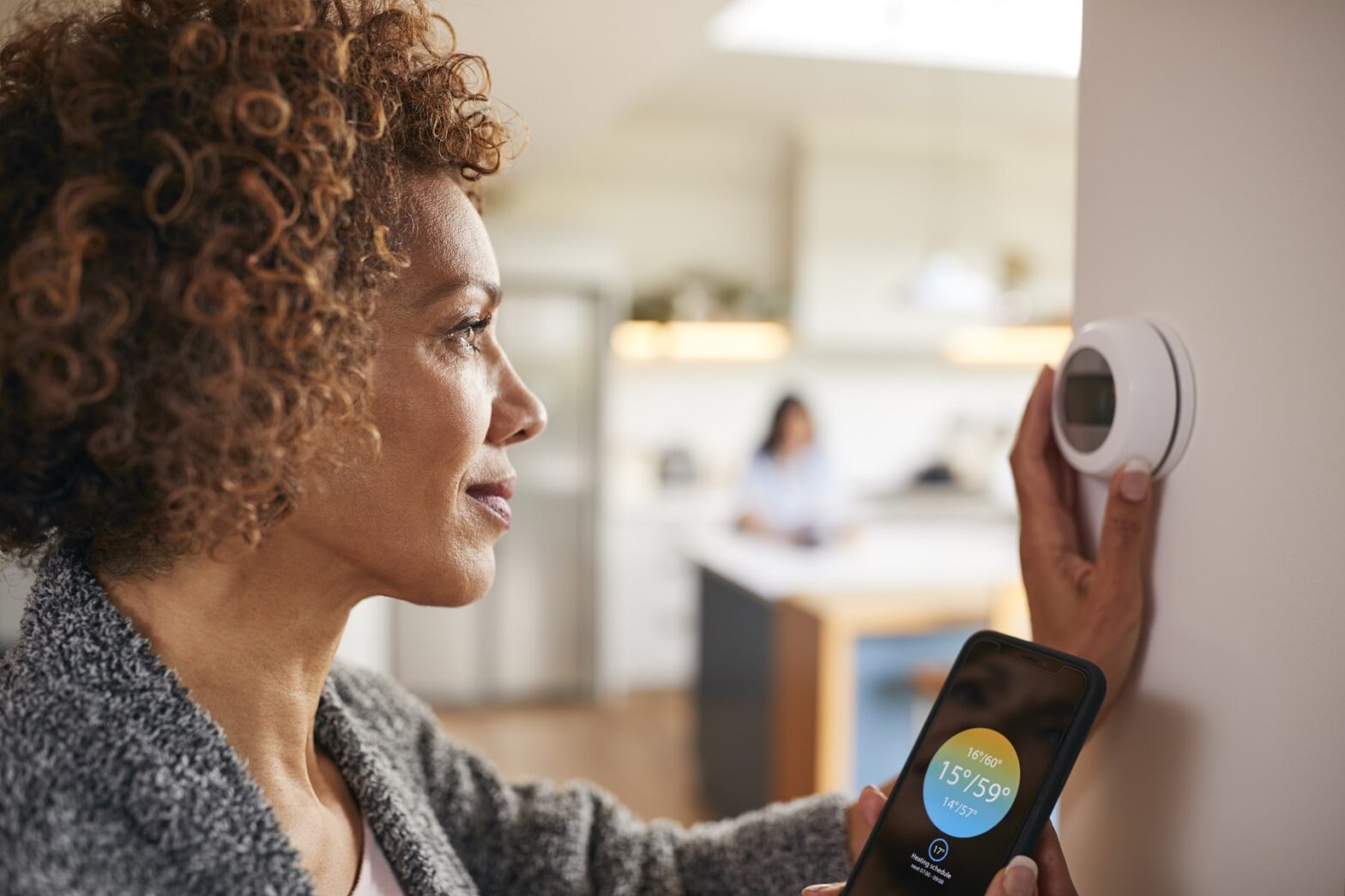This article was written by Reetie Lubana, head of the digital life cycle marketing at Tejjy Inc.
The priorities of the modern homeowner have changed dramatically. Where intelligent houses once focused on switching on lights with voice commands or setting thermostats remote, today's innovations focus on creating rooms that actively promote physical and mental health. The smart home wellness technology now integrates highly developed air quality sensors Smart Home systems, circadian rhythm lighting and acoustic controls that react to our biological needs and not just to our comfort savings.
This evolution reflects the growing awareness of how indoor environments affect our well -being. People spend about 90% of their time inside and make wellness-centered interior fittings a decisive factor for general health. The health advantages of the smart -home automation now extend beyond energy saving to include daylight -simulation technology, which supports better sleep patterns, internal air quality management systems that reduce allergens, and wellness -Smart -Home integration that really creates healthy life in smart technology for human flowers.
Light as medicine for circadian rhythms and sleep health
Modern circadian rhythm lighting systems automatically set the color temperature and the brightness of the day and ahms ahmen natural sunlight patterns to regulate the internal clock of your body. These intelligent light solutions start with cool, light blue light in the morning to increase vigilance and gradually warm up on amber tones, while the evening approaches the preparation of the bedtime.
Smart homes now have daylight simulation technology, coupled with automated window treatments that maximize the natural light load and prevent glare at the same time. Motorized shading systems react to light in free and weather conditions and create optimal interior environments that support the production and mood regulation of vitamin D. These wellness-centered interior design elements work together to maintain consistent circadians even on cloudy days.
Intelligent lamps and ceiling lights that were published in 2025, such as B. Material designs from Lifx, made these routines more accessible by combining several color zones with simple planning functions. For work areas or reading of corners in which daylight is scarce, compact table lights near the infrared such as the newly introduced Sunfooster provides therapeutic lighting, the mood and daily rhythm. Together, these innovations enable designers to create interiors that not only look beautiful, but also actively maintain the biological balance.
Advanced Air Quality Management for Healthier Interior environments
Modern air quality monitoring systems such as the Airthings View Plus integrate extensive sensor arrays that track seven critical inner air parameters. These advanced monitors recognize particle material (pm2.5), fleeting organic compounds (VOC), carbon dioxide levels, temperature, humidity and air pressure using highly developed technology, including laser-based optical particles together and NDIR sensors for precise measurements.
The Smart -Home -Wellness technology now connects the air quality sensors seamlessly with automated cleaning systems through WLAN connectivity and smart -home integrations such as IFTTT, Amazon Alexa and Google Assistant. When sensors recognize increased pollutant levels – such as PM2.5 over 25 μg/m³ or Vocs of more than 2000 ppb – these systems automatically solve ventilation adjustments and air purification protocols to maintain optimal air quality management for healthier living environments.
The latest starts such as Dreames Insasse-Tracking air cleaners, which were introduced in 2025, illustrate this trend. By following residents with clean air supply, they merge the efficiency with personalization.
The implementation of progressive air management systems is also based on precise BIM for the MEP coordination to ensure that HLK channels, ventilation waves and sensor placements are modeled exactly for maximum efficiency and inner wellness.
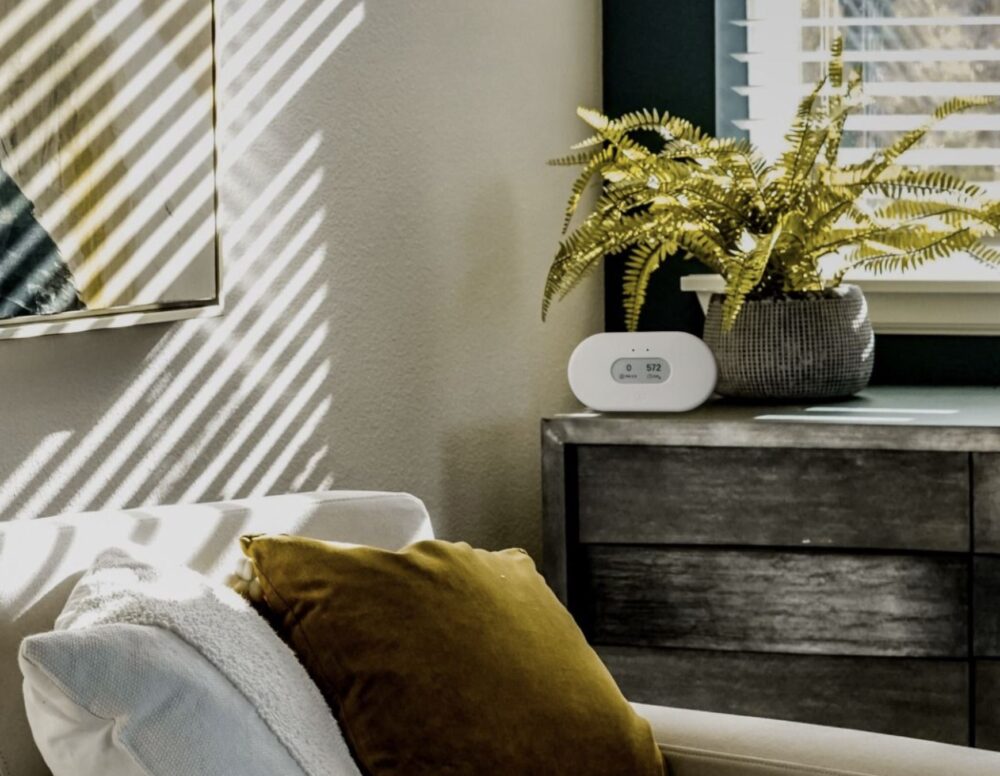
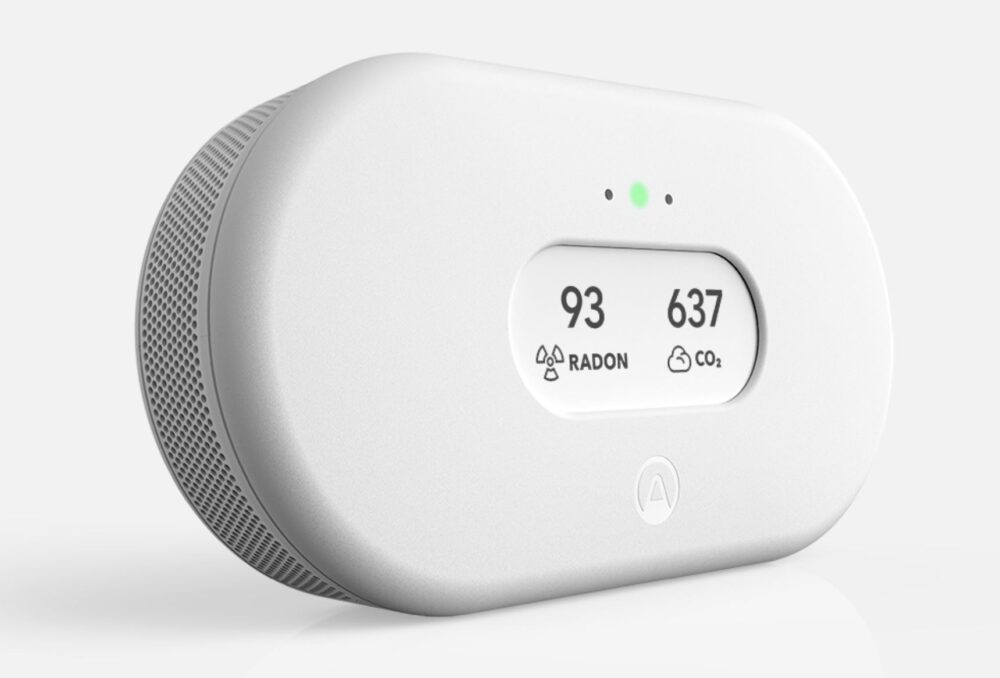
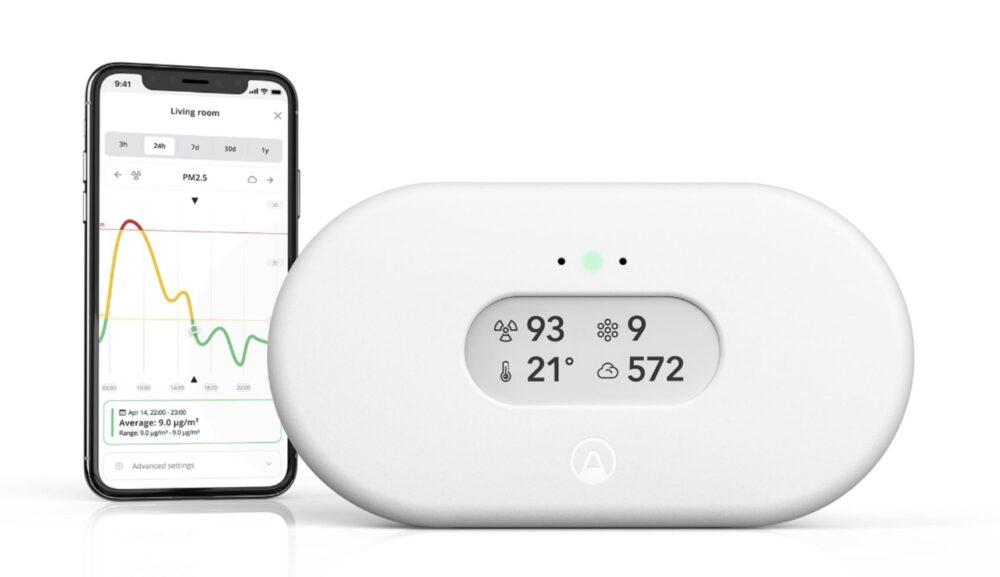
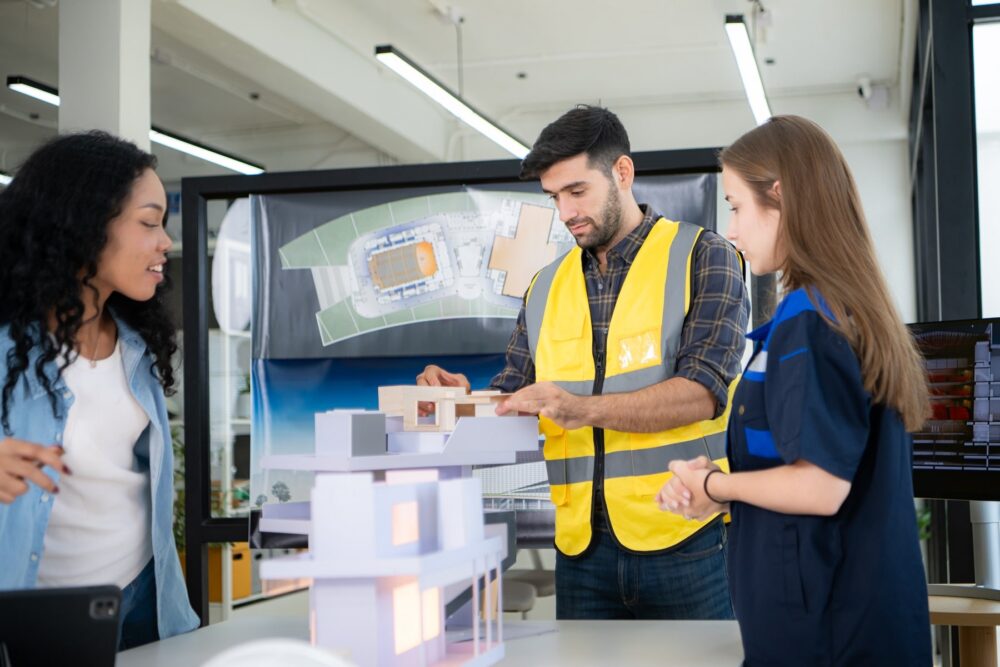
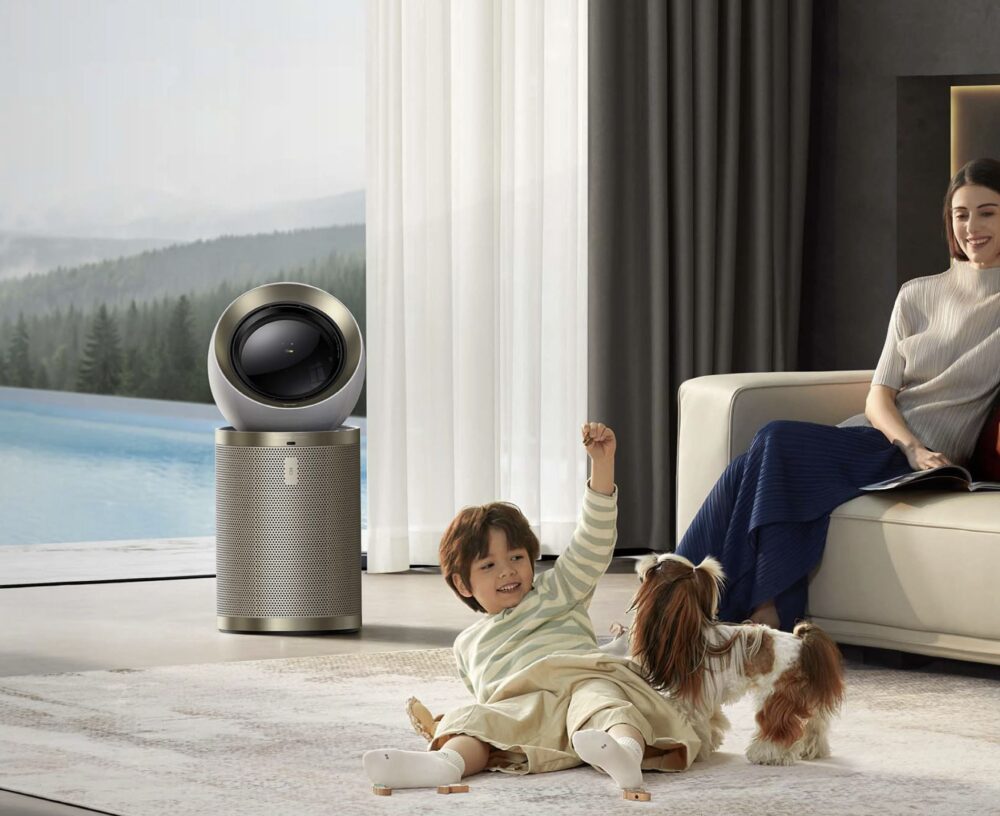
Intelligent pipes with leak detection and forecast expectation
Advanced pipeline systems use AI-driven sensors to identify microscopic leaks before they become major problems. This wellness -Smart -Home integration features monitor the water pressure, temperature fluctuations and the flow patterns to predict the maintenance requirement. Intelligent algorithms learn the water consumption patterns of their household and identify anomalies that could signal potential problems at the same time reduce water waste and prevent costly damage.
For designers who want to specify such systems, you will find outstanding 2025 solutions here:
- Phyn Smart Water Assistant Use print -based AI to “learn” the water consumption patterns of your household. It can recognize subtle anomalies such as silent toilet leaks or tiny drops and alarm owners, no external sensors needed.
- Flo from Moen Offers a fully equipped smart shut-off valve system that monitors the river, air humidity and temperature. When recognizing a leak or unusual use, it can automatically switch off the main supply – helps before flood damage and is often supported by insurance programs.
- At the simpler end, Wi-fi water sensor from Govee (2025) offers plug-and-play caution with long-distance connectivity. It is a budget -friendly option for designers who want to use several discrete sensors in kitchens, bathing rooms and supply rooms.
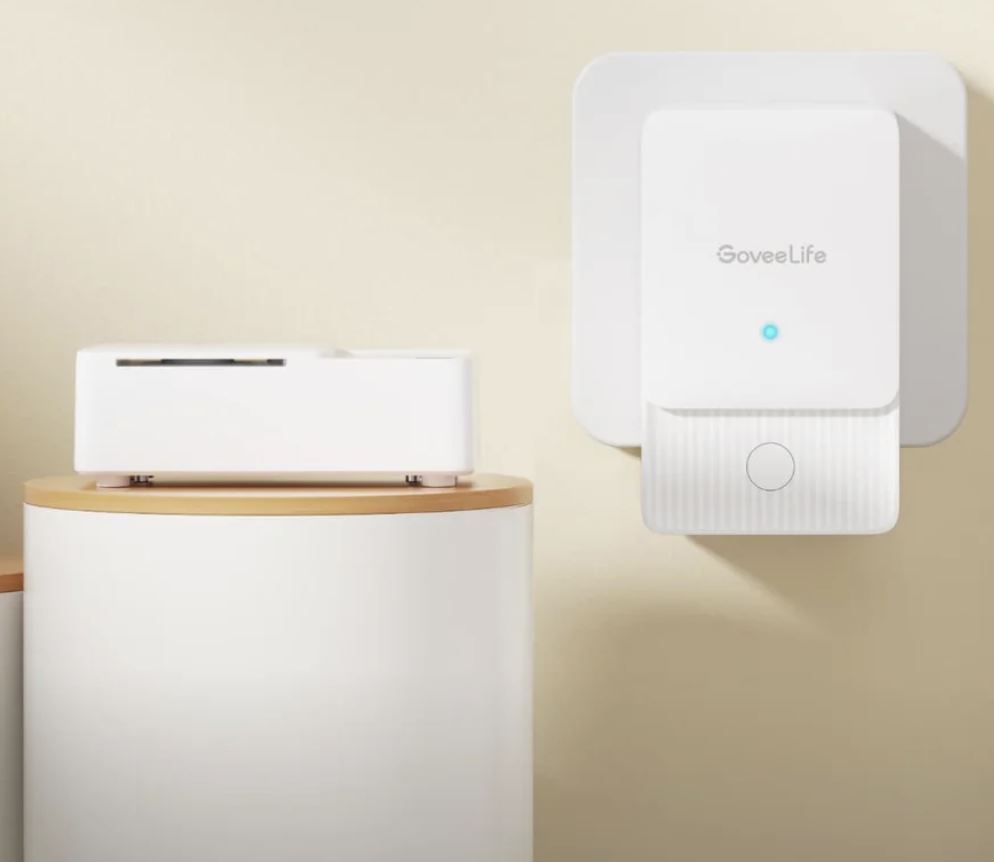
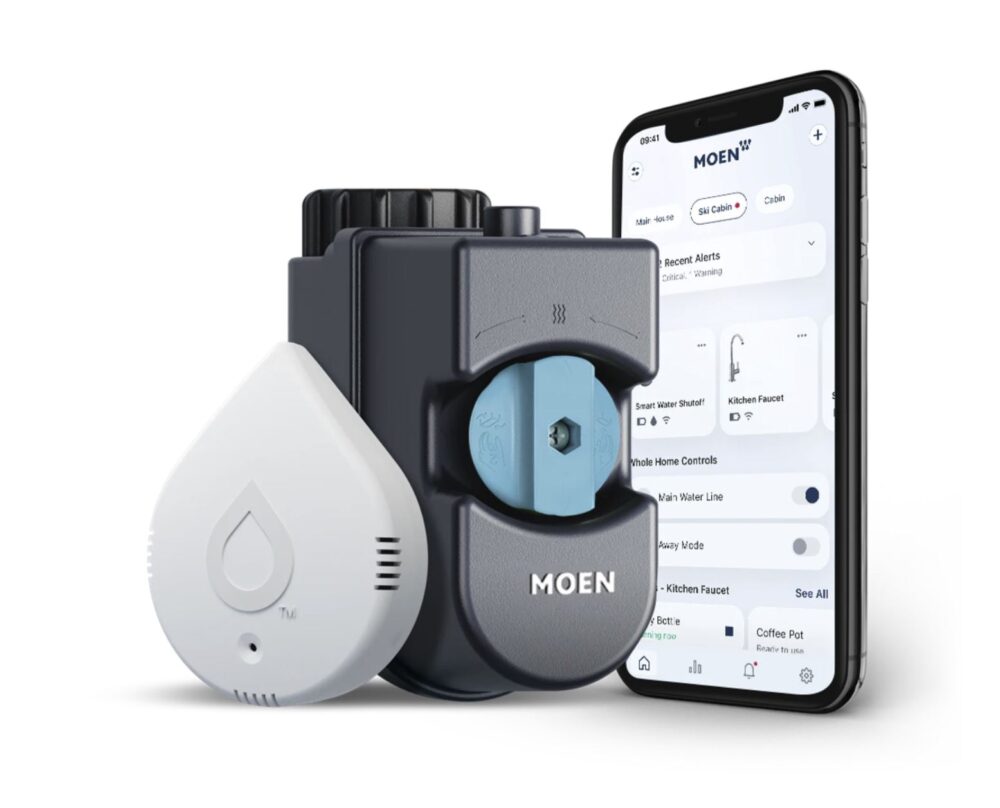
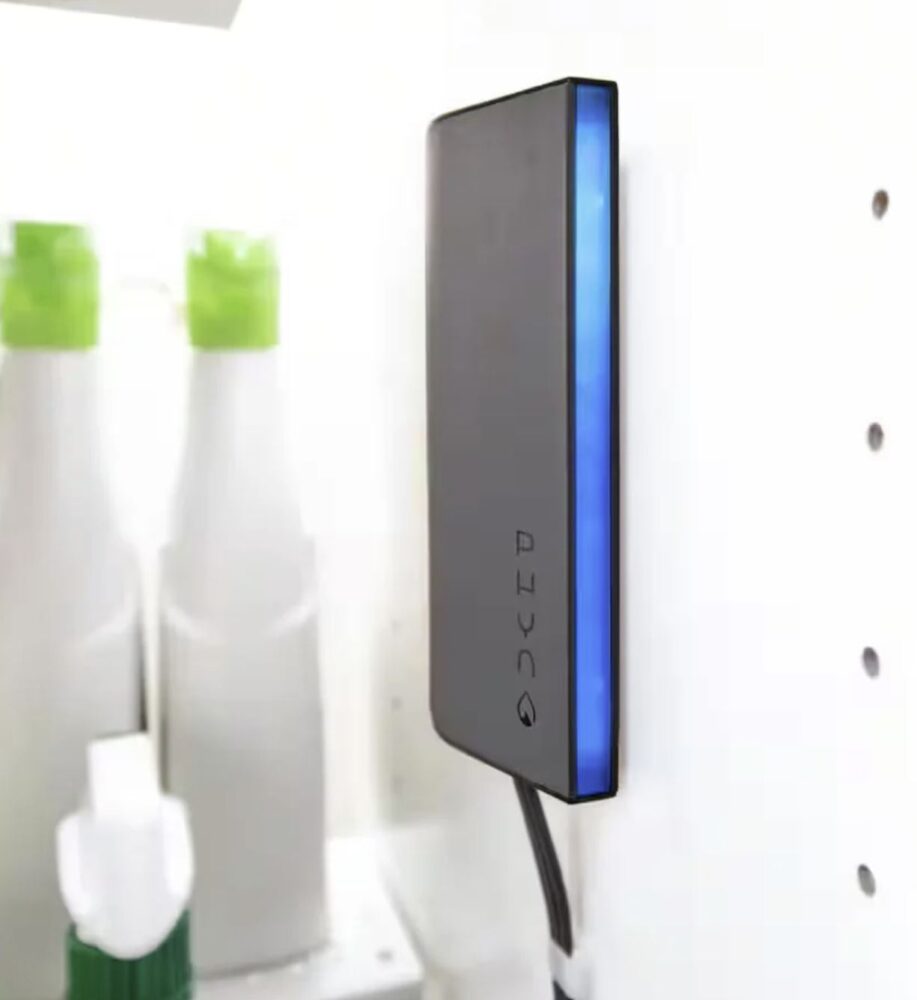
Home automation for reduced intellectual stress and anxiety
Smart -Home -Thoteration systems fundamentally change daily life by eliminating cognitive stress and stress in connection with routine house management tasks. Studies show that smart home technologies can significantly reduce mental load by providing seamless automation of household functions in real-time monitoring functions and the seamless automation of the most important household functions.
- Automatic security systems with real -time monitoring functions
Smart home security systems that are equipped with real-time monitoring functions offer continuous security by automatically recognizing and reacting potential threats without the attention of the users' attention. These systems use advanced sensors and artificial intelligence to monitor entry points, movement patterns and unusual activities. If necessary, immediate warnings are sent to homeowners and emergency services, whereby the mental burden on constant security activity is effectively eliminated.
- Smart thermostats eliminate concerns about temperature management
Intelligent climate control systems learn household patterns and preferences and adapt the temperature settings automatically during the day in order to maintain optimal comfort without manual intervention. By eliminating the need for constant thermostat adjustments and temperature monitoring, these smart home wellness technology solutions reduce daily decision-making tiredness and create consistently comfortable lifestyle environments that support both physical comfort and mental well-being.
- Hazard recognition systems for water leaks, fires and gas
Advanced Hazard recognition networks continuously monitor water leaks, fire risks and gas emissions, which automatically made the residents and emergency services aware of, while they take immediate protective measures such as switching off water valves or gas supply. These proactive security systems remove the fear associated with potential household disasters and give the residents the trust that their houses are continuously protected even if they are gone or sleep.
Designing houses that take care of people
The rise of wellness-centered smart homes marks a relocation of passive accommodations to reaction fast environments that actively support physical and mental health. With circadian lighting, air and water monitoring, acoustic comfort and intelligent automation, each design layer now contributes to well-being.
With regard to the future, KI and Predictive Analytics will anticipate the needs, adjust light, air and comfort in real time, while integration in wearables and digital health platforms generates fully personalized wellness ecosystems. The houses of tomorrow will be living environments: intuitive, resilient and deeply oriented human life.
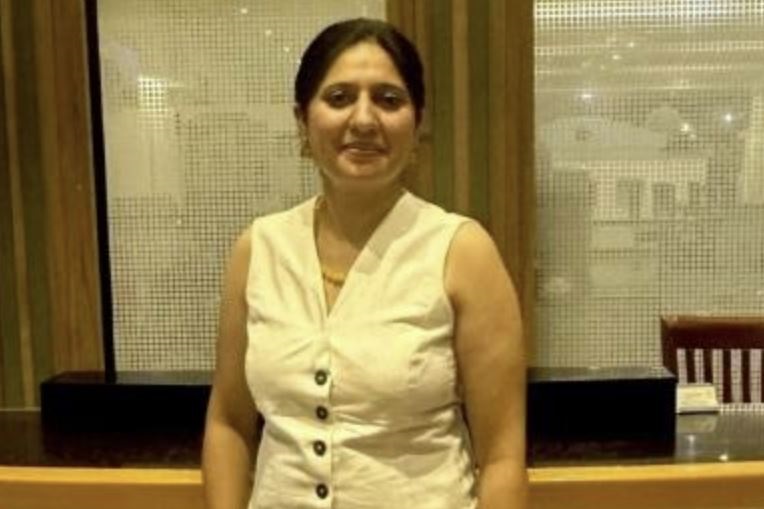
Ratinder (Reetie) Kaur is a marketing director at Tejjy Inc., one of the leading AEC companies in the USA. In the past 15 years, she has managed the company's marketing trip and has designed its brand strategy, digital presence and industry copies in order to position Tejjy as a trustworthy and future -oriented name in architectural and technical solutions.
Reetie has represented the company on national platforms such as the AHR Expo and led discussions about how digital AEC practices support the resistance and management of disasters. She is supported by her background as a woman from the army and brings resilience, discipline and an attitude in the People-First. She passionately for mentoring and creative innovation and continues to work for authentic growth and leads your team and the next generation of AEC marketers.
